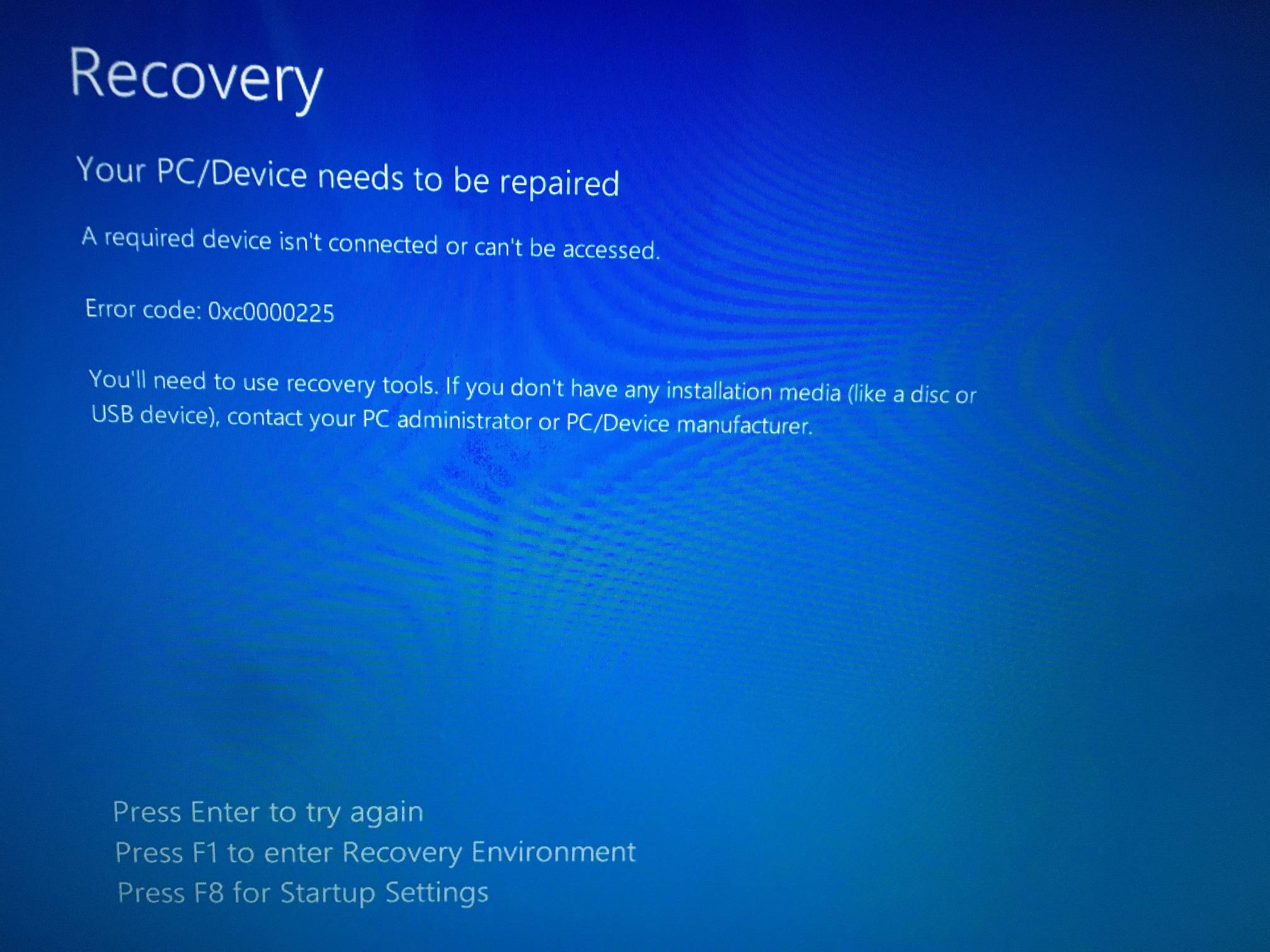I used to run a Boot Camp partition on my Macbook Air (Early 2015, Catalina). When I didn't need it anymore I deleted the partition using Disk Utility.
However, I noticed that when I boot up my Macbook while holding down option to show the boot drives, it shows my old Windows drive.
When I select it, it fails with the following screen:

I also did a full reinstall of Mac OS recently using Internet Recovery where I reformatted the entire drive. The Windows option still appears even after the reinstall, which means there are artifacts left over.
What's causing this behaviour? Where are these boot options stored and how would I go about deleting the Windows option?
Thanks!

